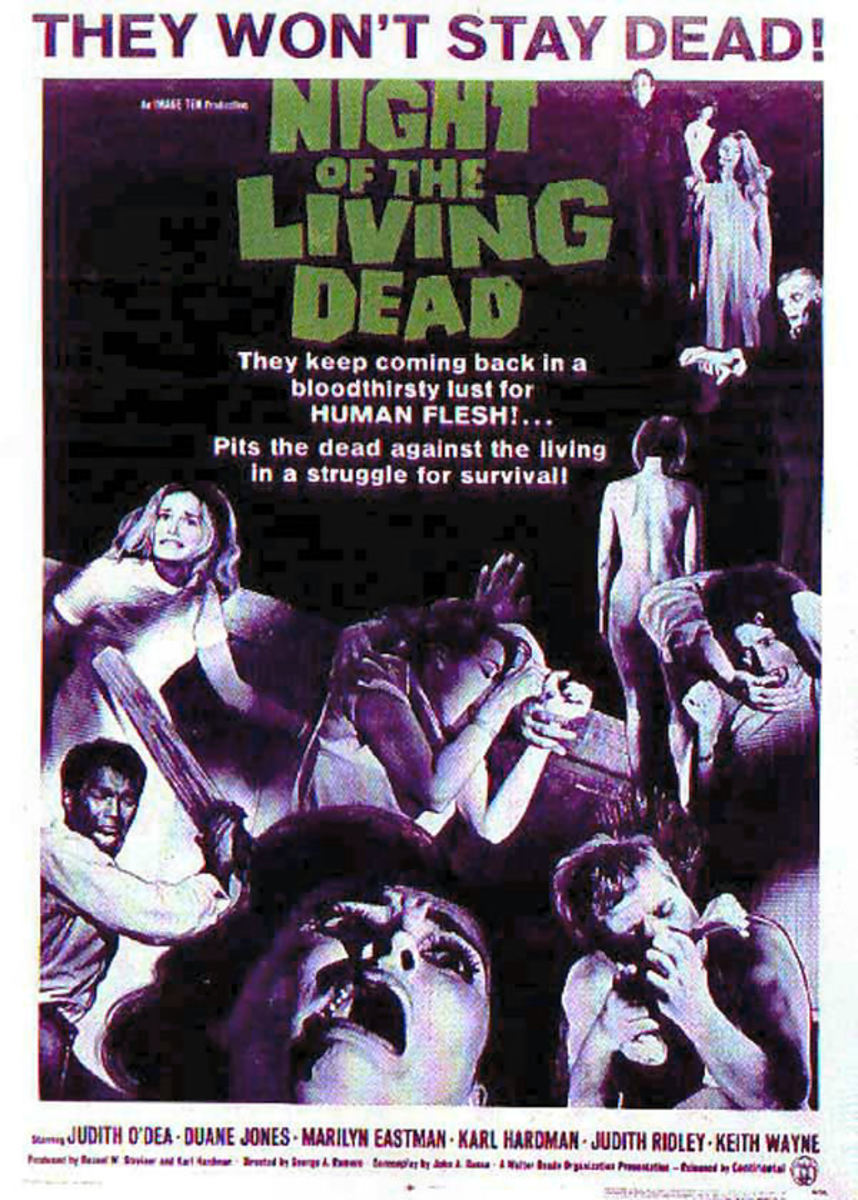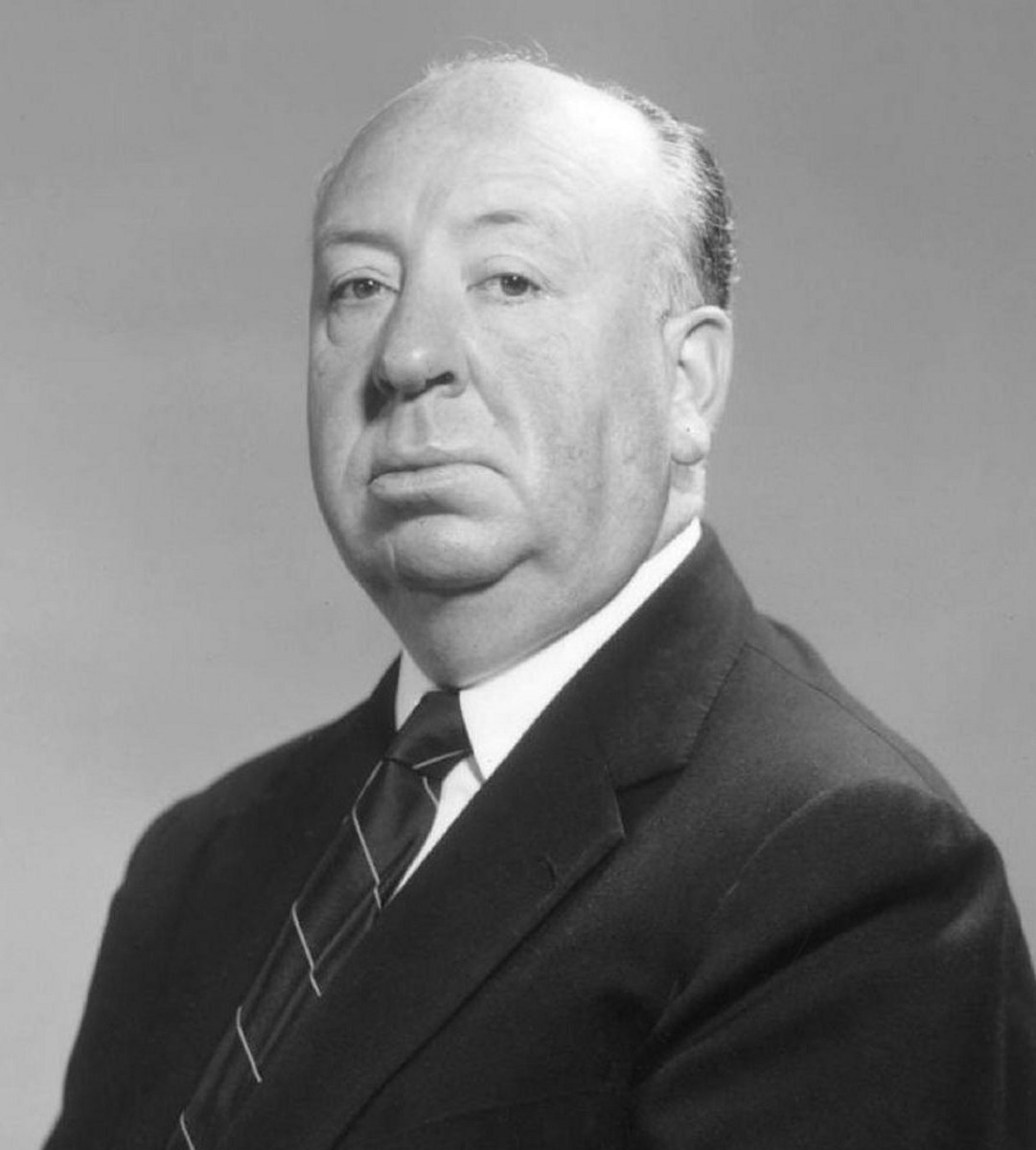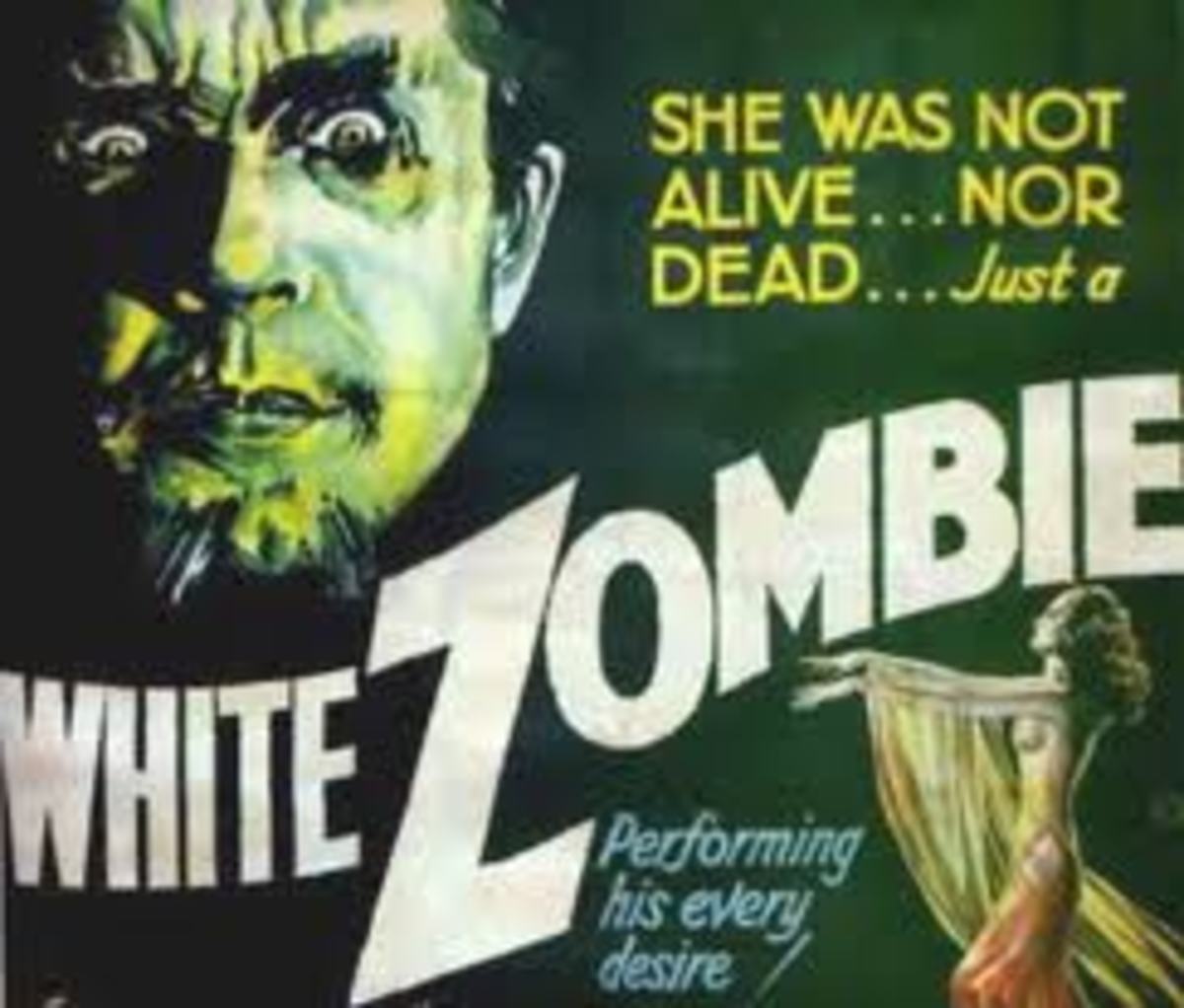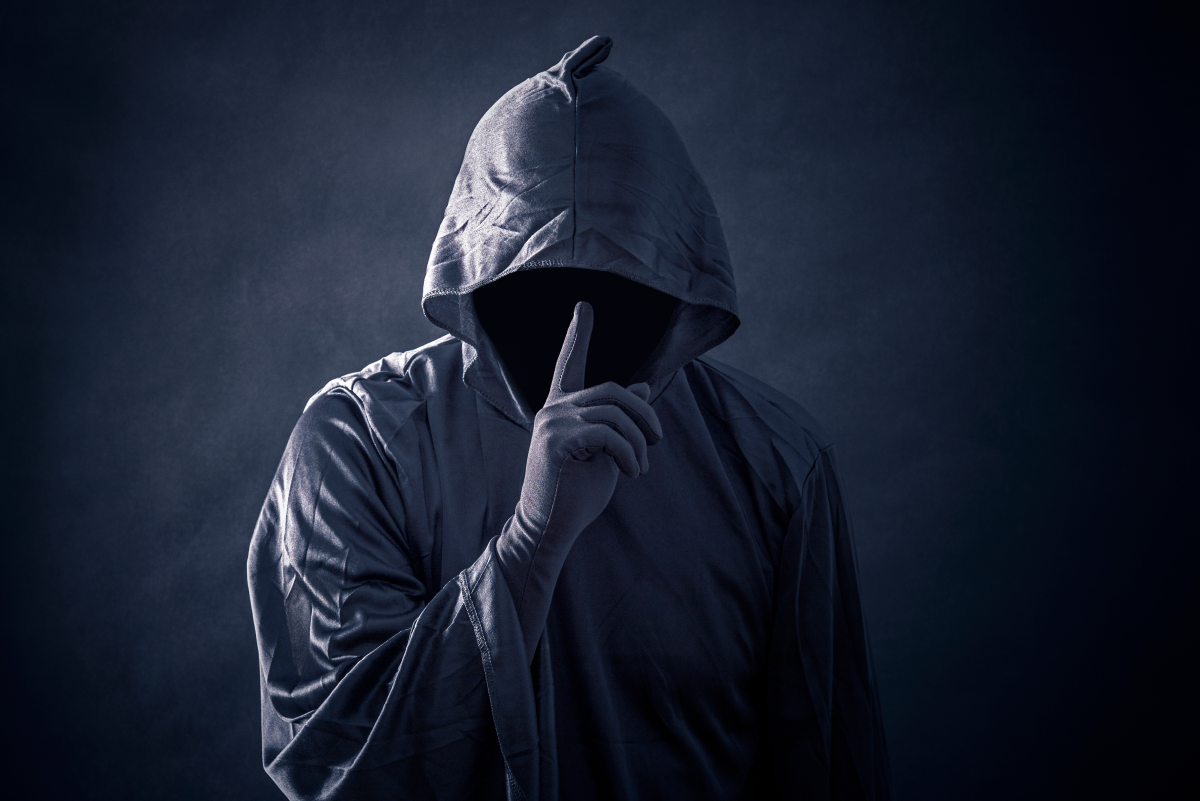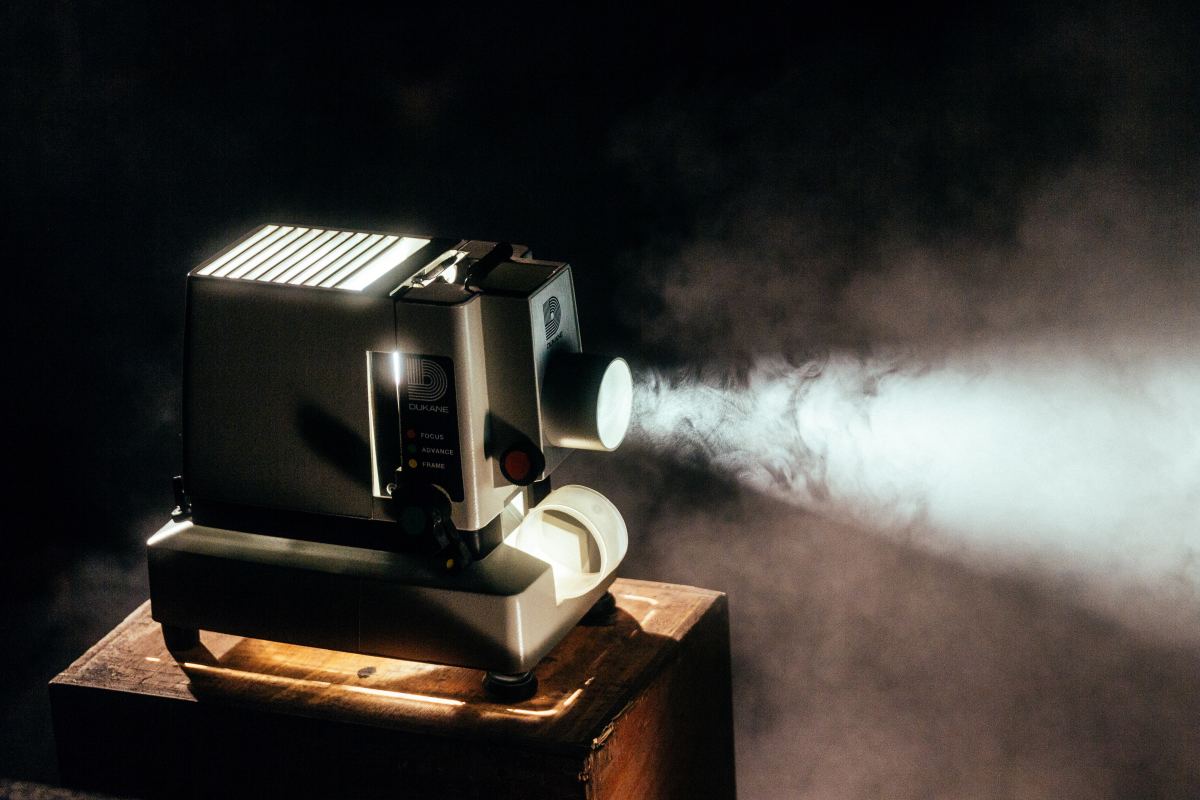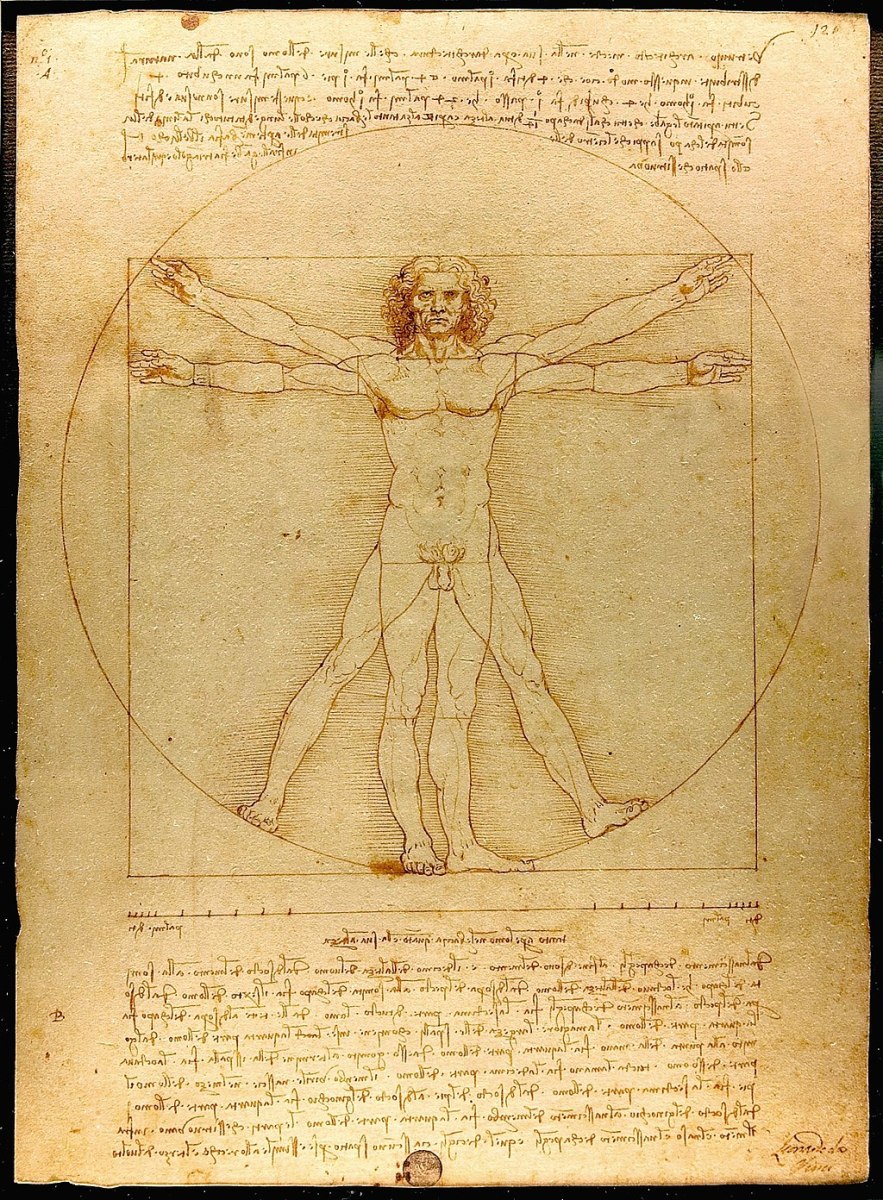Night of the Living Dead (1968) - Film Analysis
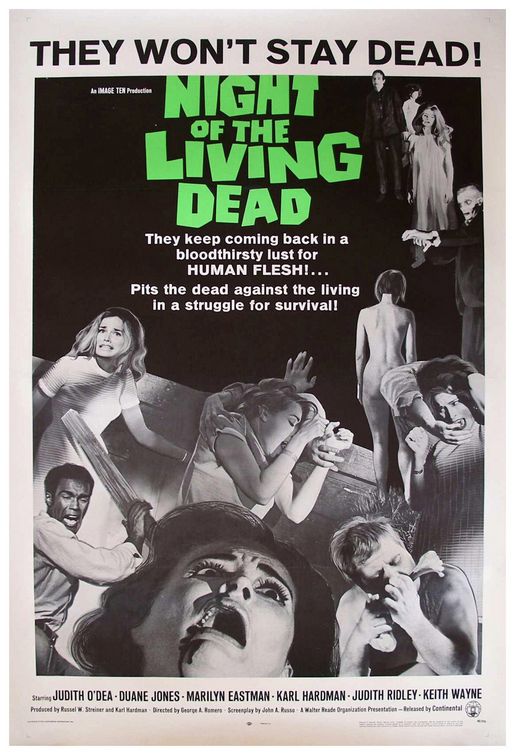
As a climax to their successful 1969 North American tour, the Rolling Stones staged a final concert at the Altamont Speedway in Livermore, California. The free concert was designed as a west coast answer to the already legendary upstate New York Woodstock music festival held five months earlier. Yet, where Woodstock reportedly embodied all the utopian dreams of the flower power generation, Altamont embodied all its nightmares. The poorly planned concert devolved into an increasingly violent confrontation between the audience and the Hell’s Angels gang members who had been brought in as “security guards.” The conflict led to hundreds of injuries and one horrifying murder of a young African American man, all caught on film in what would become the documentary Gimme Shelter (1970). For many critics, both at the time and for years to come, Altamont represented the end of the “Age of Aquarius.” The effect was to burst the bubble of the youth culture’s illusions about itself. America had witnessed the famous collectivity of a generation cracking into thousands of shards.
Of course, in fairness, the dreams of a youth revolution, motivated by opposition to the war in Vietnam and embracing tolerance, free love, and common property, had already been coming apart. The assassination of Dr. Martin Luther King Jr., perhaps the most authoritative voice for change during the turbulent decade of the sixties, on April 14, 1968, was followed just a few months later by the assassination of the heir to the decade’s optimistic beginning. The death of Senator John Kennedy, seemed to sum up the rapid and violent dissolution of the decade’s movements toward peaceful cultural revolution. At Altamont, the brutal violence of this unraveling was visited upon the last refuge of the sixties’ utopian dream, music.
The ugliness unraveling the sixties counterculture was paralleled by the growing prominence of a film Variety called an “unrelieved orgy of sadism.” George Romero’s Night of the Living Dead premiered in Pittsburgh, Pennsylvania, October 1968 and went on to a limited but controversial release in cities along the East Coast. Just after the film had faded from American theaters, it found strong success in Europe where critics championed it as an important film. Night of the Living Dead returned to American in 1970, and its controversial reputation grew rapidly in drive-ins and midnight movies across the country.
The film was not particularly financially successful, grossing less than $1 million in 1968. It was not even that year’s most prominent horror film, a title certainly taken by Roman Polanski’s highly successful Rosemary’s Baby. Where Polanski’s film was, largely, overshadowed by The Exorcist, Night of the Living Dead’s legacy, despite numerous imitators and sequels, cannot be questioned.
The film was the product of a group of independent filmmakers. Image Ten consisted largely of people who worked together in a commercial and industrial film company in Pittsburgh. With no studio backing and a very limited budget of $114,000, the group chose horror because of its potential profitability. Romero, one of the group’s more prominent and committed members, was chosen to helm the production. Despite these inauspicious beginnings, Night of the Living Dead successfully took up the challenge of films like Hitchcock’s Psycho and pushed the boundaries of shock and gore to new heights.
Night creates and interesting contrast to Psycho. Where Hitchcock was an already well-established director with studio backing, Romero came to Night with little experience in feature-length films. This lac of experience and funding shows throughout the film. Although such crude quality was the cause of derisive laughter at many of other cheaply made B-movies flooding into neighborhood theaters in the late 1950s and 1960s, the almost-documentary style of filming in Night made the horror all the more graphic and immediate. Hitchcock’s Psycho may have been starling and shocking, but it was always filtered through Hitchcock’s narrative style. Night of the Living Dead appears so stark and minimal, its graveyard and actual graveyard, its farmhouse and actual farmhouse, that audiences had difficulty finding a safe distance from which to enjoy the film.
In Psycho, Hitchcock had torn the veil of decency and safety audiences expected from horror films. In Night, Romero’s zombies slowly and disturbingly shredded the last vestiges of American hope and optimism. The 1968 film would lead to an even more successful and graphic sequel, Dawn of the Dead (1978), and a third, though less successful chapter, Day of the Dead (1985). With these and and a number of other films, Romero has produced not only a body of interesting films but also a provocative argument about the nature of the American dream in the post-counterculture age.
Night of the Living Dead opens with an apparently banal conversation between a brother, Johnny, and sister, Barbara, as they drive to a remote cemetery to visit their father’s grave. Despite a disruption with the car radio, they travel on without incident to the gravesite and observe their annual ritual of leaving flowers. As they depart the gravesite, a rambling, disheveled and ghoulish man attacks Barbara. Johnny attempts to fight the ghoul off but is knocked unconscious and Barbara is forced to flee. Her flight takes her to an old farmhouse where she discovers a decomposing body and realizes that the ghoul is not alone. The yard surrounding the farmhouse soon fills up with shuffling ghouls. After a few moments, an African American man named Ben joins Barbara. By now, Barbara has gone into a state of shock and she is either catatonic or rambling hysterically. Ben secures the windows and doors with wood and eventually finds a radio from which they learn that the dead have returned to life and begun feeding on the living. The sound of the radio brings out two other couples who had been hiding in the basement for all this time: a young couple, Judy and Tom, and an older couple, Harry and Helen Cooper, who also have a little girl who has become ill after being bitten by one of the ghouls. The appearance of the other couples provokes an ongoing power struggle principally between Ben and Harry over how the group will survive the siege from the growing army of the living dead. An escape plan is devised, and Ben, Tom, and Judy race out in a truck to get gas from an old pump. As the dead surround the group, a torch is dropped near the gas tank and the truck explode, killing Tom and Judy whose bodies are soon devoured, graphically, by the hordes of the living dead. Ben fights his way back to the farmhouse, but Harry who has been left inside, refuses to let him back into the house. Ben forces his way in, and in the midst of the ghouls’ assault, he struggles with and fatally shoots Harry, who stumbles back into the basement.
The attack of the living dead becomes more intense. Barbara is pulled out of the house by her now-living-dead brother, and Helen retreats back to the basement where she finds her daughter, now turned into a ghoul from a bite, feasting on Harry’s arm. The daughter kills her mother with a garden spade. The scene then shifts back to Ben, the only survivor, who fends off the dead, including Harry and Helen’s daughter. Eventually, he is able to barricade himself into the basement. The scene next shifts to an armed posse of men who are moving through the countryside shooting and burning the living dead. They soon arrive at the farmhouse, and Ben comes tentatively to the window to see if rescuers have, indeed, arrived. Seeing a body moving around in the house, one of the posse members shoots Ben in the head. The film ends with disturbing and grainy photographs of the posse disposing of Ben’s body in an enormous bonfire. The callous voices of the posse echo over the final images.
Like the living dead of the title, Romero’s film also conquered the American horror audience with slow and steady progress. It became on of those “forbidden” films that grew in popularity based on word of mouth and controversy. The film opened sporadically in the United States in late 1968 and early 1969 to harsh controversy but limited audiences. It then traveled to Europe where it met with remarkable critical and popular acclaim. Indeed, the Wall Street Journal reported it was the top-grossing film in Europe in 1969. Night returned to the United States to much more interest and critical acclaim. Ebert reconsidered an earlier condemnation, and the film was showcased at the Museum of Modern Art.
Night of the Living Dead, of course, was not the first film to focus on graphic violence. Respected directors such as Arthur Penn had already begun traffic in violence, as in his controversial but successful Bonnie and Clyde (1967). Graphic horror films had also appeared, particularly the campy and colorful films of Herschell Gordon Lewis, Blood Feast (1963) for example, and the popular British Films from Hammer Film Productions, Ltd. Night, however, removed the campy and overly colorful silliness of the previous graphic violence and presented it instead within a stark and harsh realism. The documentary-style filmmaking removed the distance between the audience and the savage cannibalism portrayed on the film.
In addition to the stylistic elements, it is hard to ignore the obvious points of resonance between Night of the Living Dead and the social upheaval occurring in the final years of the 1960s. In this regard, it makes some sense that the film would connect to European audiences before it would connect to Americans. The dreams of a youth revolution and the utopian culture they would create were, after all, global. The European efforts to enact this revolution reached their cumulation in 1968. In France, for example, students and their workers united in the streets of Paris in May and seemed on the verge of pushing the conservative de Gaulle government out of power. The European revolution was even moving behind the Iron Curtain. In Czechoslovakia, the “velvet revolution” had begun in April as the Czechs decided to refuse Soviet hegemony and take up self-rule, but these dreams were quickly suppressed. By the end of 1968, the student/worker revolt in Paris had been silenced by the arrival of French tanks, and back-room political negotiations and Soviet tanks were preparing to put an end to the “Prague Spring.”
As Night opened in theaters across Europe, the continent was pervaded with the sense that the dreams of revolution had dissipated under pressure of government force. By the end of 1968, the same kind of dissipation was occurring in the United States. the counterculture movement was becoming fragmented and divisive, the peace movement was becoming increasingly violent, and the hope of a peaceful future seemed lost. As Night returned to American theaters in 1970, its popularity was bolstered not only by its European success but also by the way it resonated with a new, more cynical American youth. With Romero’s Night of the Living Dead, the threat to American security and optimism was over. The end had begun.

